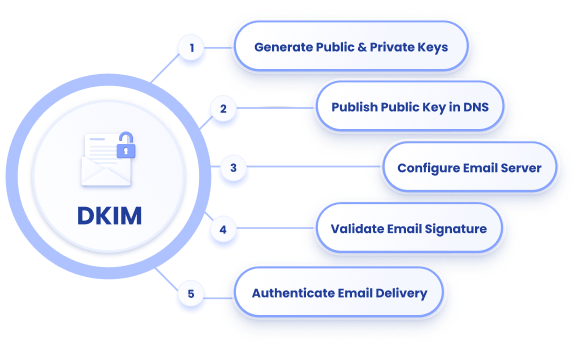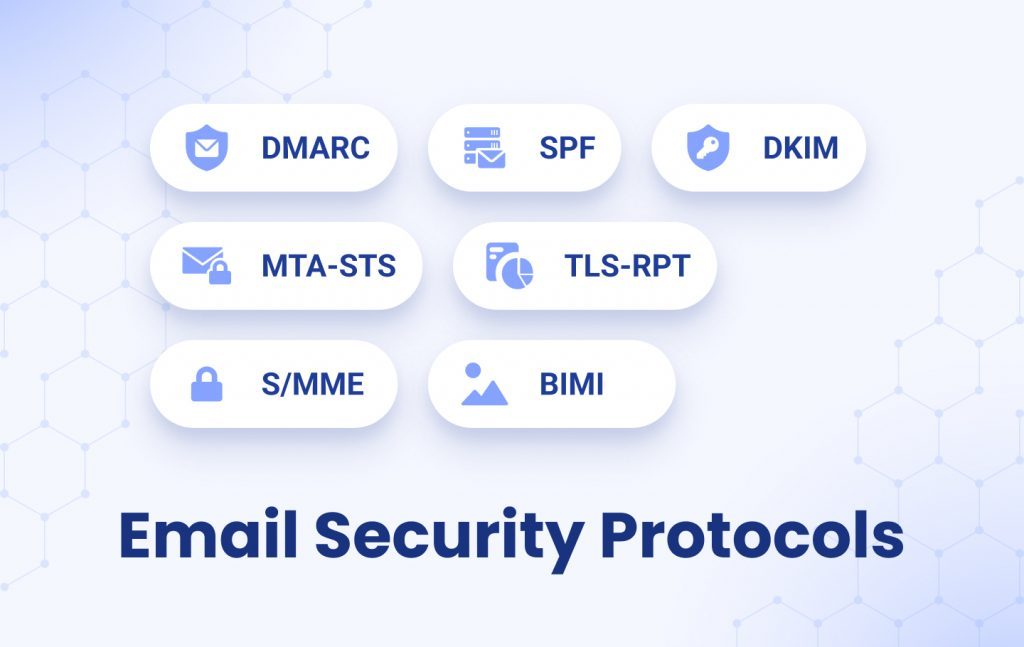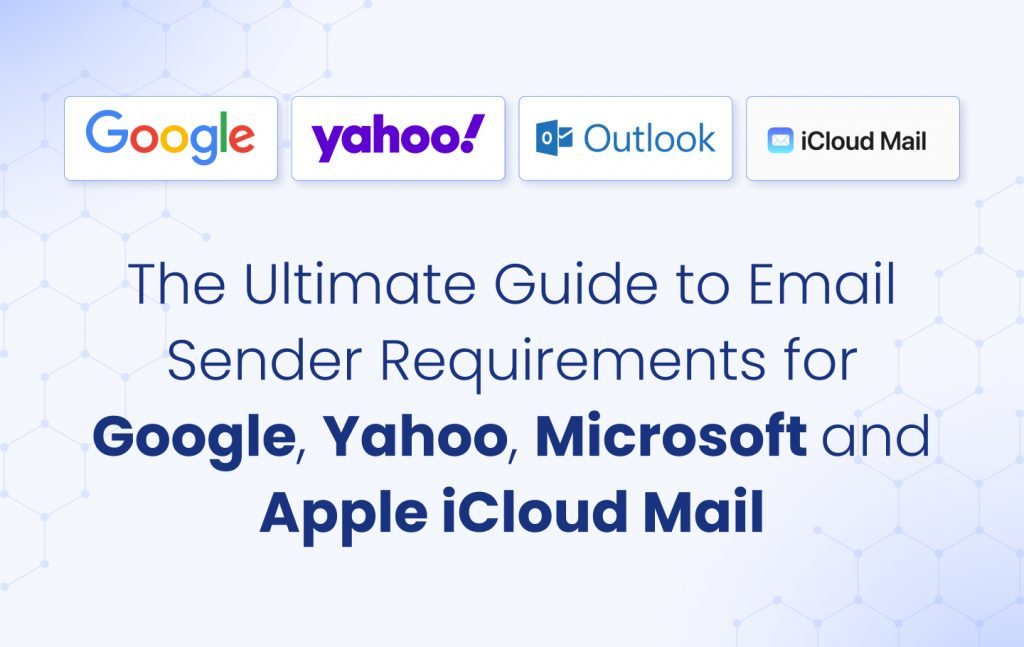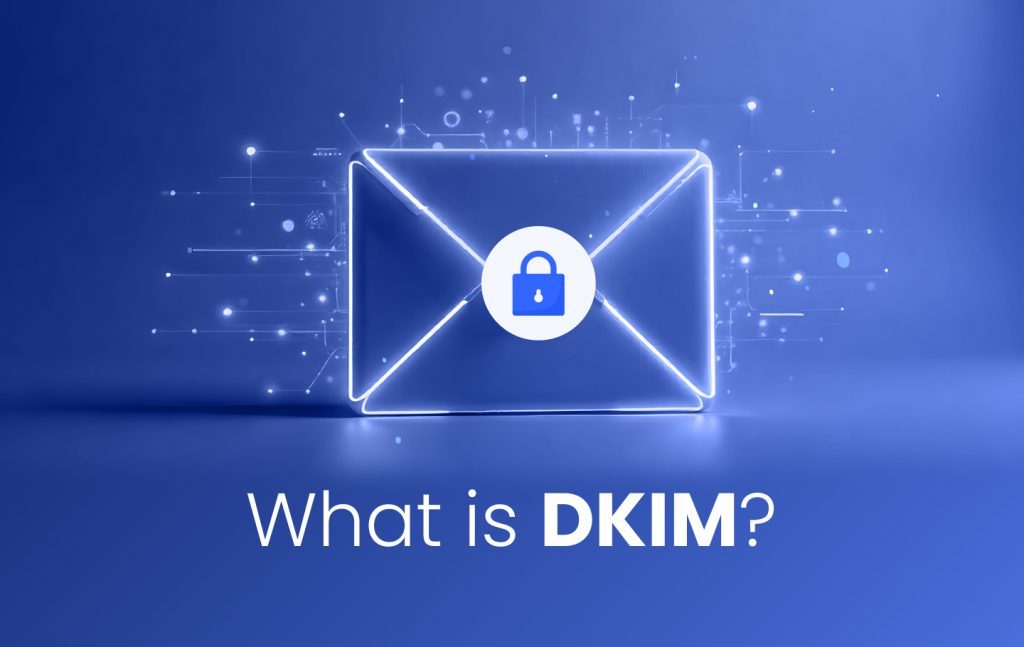DKIM Meaning: What is DKIM?
DKIM stands for DomainKeys Identified Mail. It’s an email authentication method that allows a sender to attach a digital signature to their email messages. This signature is verified by the receiving mail server using a public key published in the sender’s DNS records. If the signature matches and the email hasn’t been altered in transit, the message passes DKIM checks.
DKIM is a core part of modern email security and plays a key role in DMARC (Domain-based Message Authentication, Reporting, and Conformance), helping determine whether a message is legitimate and protecting domains from spoofing and phishing. Regular DKIM lookups are recommended to ensure they are still operating as intended and are up-to-date.





